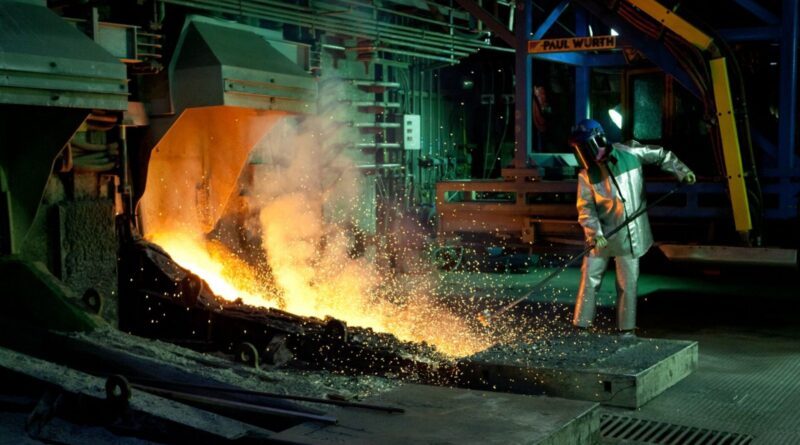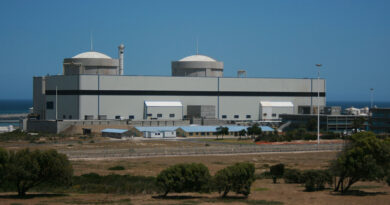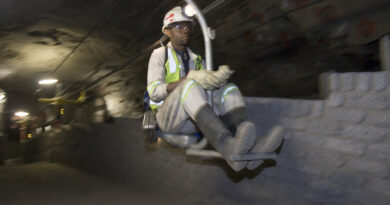Is inflation bad for miners, smelters, and refiners?
Cost inflation was a global phenomenon in 2021, and for the second year in a row will continue to affect most miners and smelter-refiners. Wood Mackenzie’s 2022 mine estimates include modest cost rises in 2022 but the risk is to the upside. Labour, fuel and electricity costs remain elevated as supply struggles. Mine labour costs, in particular, could gather momentum due to a combination of lockdowns, sickness and worker movement restrictions that are exacerbated by vaccine mandates. Attracting and retaining skilled mine labour is difficult, particularly in coal markets, and especially where competition from miners of battery raw materials or base metals is high.
The cost increases, combined with revenue falls, will accelerate the decline of margins in 2022. Average annual margins will stay close to 2021 highs, but by year’s end the current record profits will have fallen to below pre-pandemic levels for most commodities.
CHINA BOTH UNDERPINS AND UNDERMINES COMMODITY MARKETS
China, as ever, will dominate market outcomes across M&M commodities. Decisions around geopolitics, pollution control and energy consumption will be of particular importance.
Vice president Robin Griffin said: “We see little chance of an end to current bans on Australian coal imports this year, and major improvements in global bilateral relations are probably too much to ask. Prices for energy commodities in China will remain higher-than-necessary, with implications for energy prices that in turn affect producers and consumers of M&M products.”
China’s approach to decarbonisation and pollution targets will drive uncertainty and volatility. Summary closures of energy intensive industries in order to meet emissions targets have been the modus operandi under China’s ‘dual control’ regime. While the 2021 closures were bad for steel raw materials and alloys demand, complementary pollution controls saw mined output more than offset demand losses.
Meanwhile, base metals markets saw power-hungry smelter production plummet overnight, creating global supply shortages. Expect more interventions in 2022, although with broadened carve-outs to limit the kind of wild price swings seen last year.




